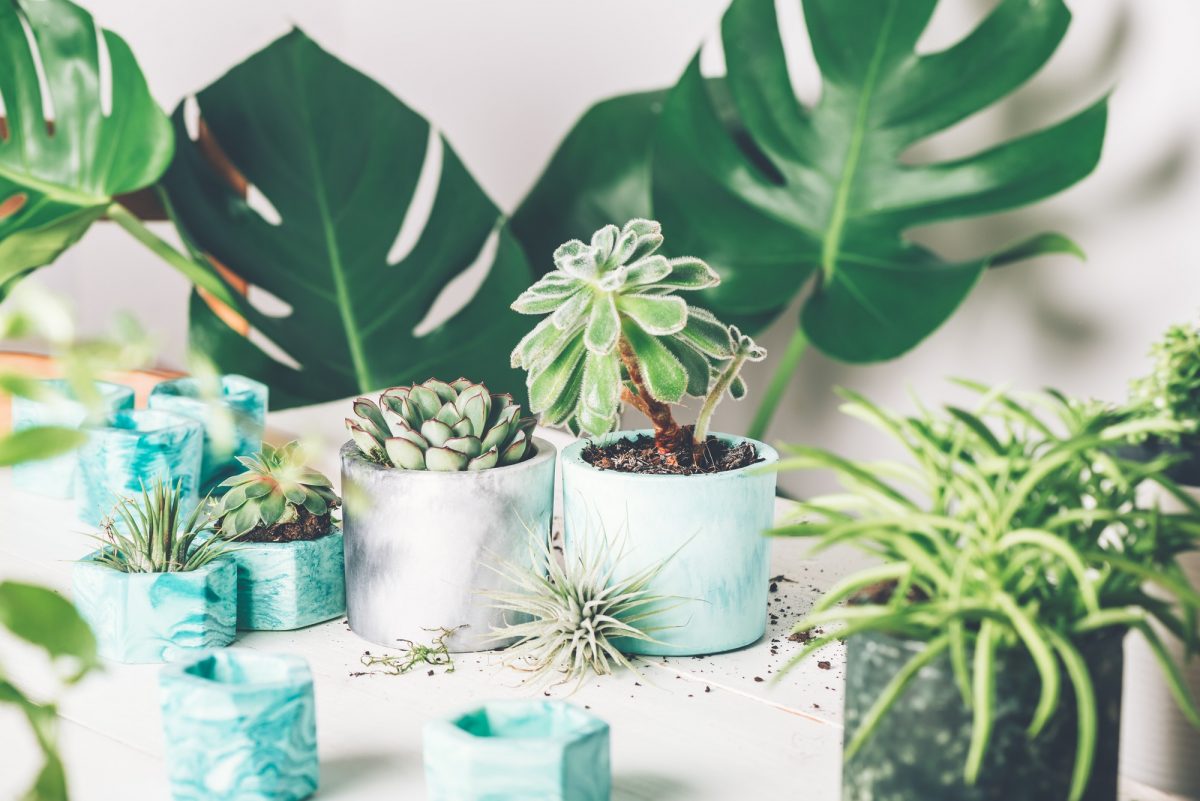Plants are eukaryotes that are predominantly photosynthetic. They belong to the kingdom Plantae. Historically, the term plant included all non-animal living things. In recent years, however, the term Plantae has been expanded to include fungi, some algae, and some prokaryotes. Learn more about plants and their classification below. Read this quick guide to plants and their classification! Here’s a quick primer:
Phytes are plants. They store Floridean starch outside of their plastids. Red algae and glaucophytes are plants, and they store Floridean starch outside of the plastids. This clade of plants includes organisms that acquired chloroplasts directly from cyanobacteria. Despite this broad definition, the actual number of plant species is still unclear. Some of them are related to each other, but their relationships are not fully settled.
In a broad sense, plants are green animals that do not store Floridean starch within their plastids. Other phytes include glaucophytes and red algae, which store their Floridean starch outside the plastids. Some of these organisms have acquired chloroplasts from cyanobacteria. The wider definition of “plant” includes diverse bacteria, algae, and fungi.
The diversity of plant life is astounding. From microbes like duckweeds to giant sequoias in California, plants are incredibly varied. As a result, scientists have documented 390,900 species, with new ones being discovered all the time. Because plants originated in the water, they have adapted to life on land. Some have even returned to their original aquatic habitats. These adaptations help to explain the emergence of land plants.
While the diversity of plant species is staggering, one thing is certain: plants are essential for any ecosystem. In a typical ecosystem, plants provide food and energy for the animals, including humans. For example, trees and plants are the main source of oxygen, and ferns are an important part of any ecosystem. For this reason, they are essential to all ecosystems. These species are important in many ways, but they also provide the environment that sustains us and our planet.
Plants are essential to life. They provide shelter and food for many types of creatures. They are the most abundant forms of life on Earth. In fact, a single tree in the rainforest can support thousands of species, depending on its size and location. Several hundred different plant species live in banana trees. They are a vital part of the environment. So, it is important to grow plants that are beneficial to your area. If you have the space, plant a tree.
Plants contain three main parts: the flower, the sepals, and the corolla. The petals are the outer covering of the flower and are the most colorful part of a plant. These parts are called sepals. The petals contain volatile aromatic compounds and nectar glands, and are used to identify a plant’s family. Its cells are made up of multiple layers, a phylloid.



